Category: Travel
-
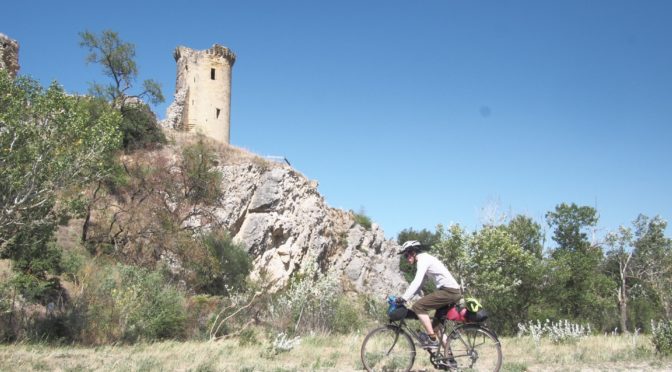
Bike Tour 2022: Rhône and Mediterranean
In July of 2022 I had the opportunity to bike tour for a couple of weeks. I bought a cheap bike in Lyon and expected to maybe reach Marseille or Montpelllier. But there were quite strong tailwinds down the Rhône and I ended up in Perpignan before I ran out of time. It was overall…
-
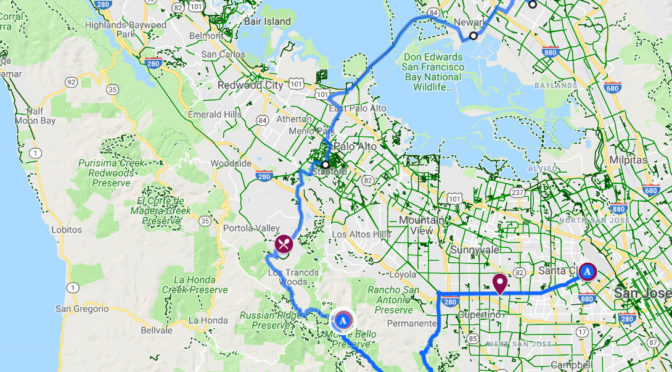
Bike overnight: East Bay to Black Mountain Backpack Camp
Executive Summary and Recommendations This is a 24 hour overnight bike trip, starting and ending in East San Francisco Bay, to Black Mountain Backpack Camp on the peninsula. I took Capital Corridor to Santa Clara on day one (San Jose Diridon would actually be better). There’s not that many trains, so check the schedule (carefully!…
-
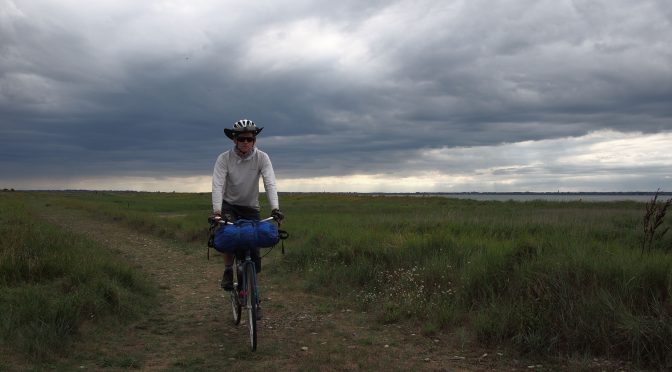
Forest, Beach, and River: A Solo Bike Tour of Normandy
[Note: this is a long (but entertaining) story. If you’re just here for the pictures, here’s the gallery , or scroll to the bottom] Preface: April 2017. This trip happened in July and August of 2017, but its story began in April. My wife and I had a one-year old, and had recently decided to have…
-
Map of Normandy Tour
This is a map of my tour that is written up in this post. It may not work with all browsers; it did not render for me on a mobile device (Chrome on Android), so if you’re not seeing anything here, maybe try a different device or browser.
-
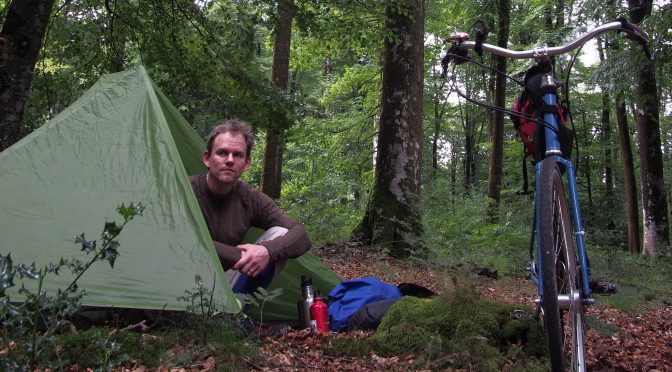
How To Find Campsites While Bike Touring In Europe
I have gone on three bike tours in Europe, mostly in France, but also in Germany, Italy, Ireland, and Switzerland. I just wanted to give a quick rundown of the ways that I have been able to find campsites, and also hopefully attract other people to this page you can tell me what to do…
-

Finding campsites using OpenStreetMap and Overpass Turbo
Update May 2018: The OSMAnd application accomplishes this task better than Overpass Turbo; see this post for more info. ******* Campgrounds make for a quick cheap place for a bicycle tourist (or other tourist) to stop for the night, pitch a tent, and get a warm shower. Sometimes, though, it can be hard to tell…
-
Thoughts on Srinivas Kuchibhotla; and A Love Letter To India
So there’s this guy who yelled “get out of my country” in Kansas, before firing on two Indians, killing one of them, Srinivas Kuchibhotla, an engineer from Hyderabad. The Washington Post reported that the father of the other Indian, the injured one, “pointed to the election of President Trump, who has routinely described a threat…
-
On the Immigration Order
I took this picture in Damascus, Syria, in the summer of 2001: On the day after the President of the United States issued an executive order to ban Syrian immigrants indefinitely, this image has been hovering in my mind. In 2001, while traveling in their country, Syrians treated me with a mixture of surprise (“You…
-
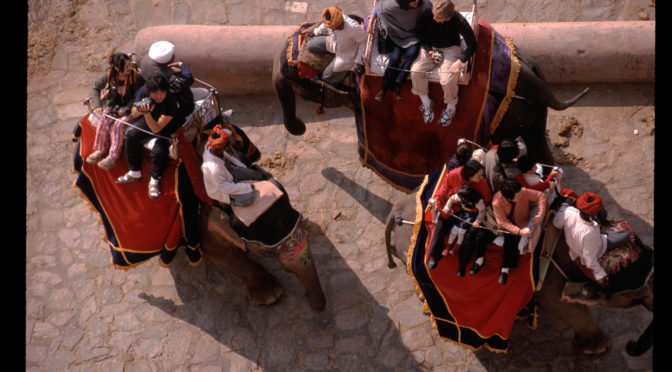
Why India Lives Up To The Hype
Ed. note: this was originally an answer to the Quora question “Which places are worth all the hype?” I can’t believe that, with 71 answers as of this writing and half the nation of India on Quora, this isn’t an answer, but: India. I know, I know, there’s some answers here for parts of India,…
-
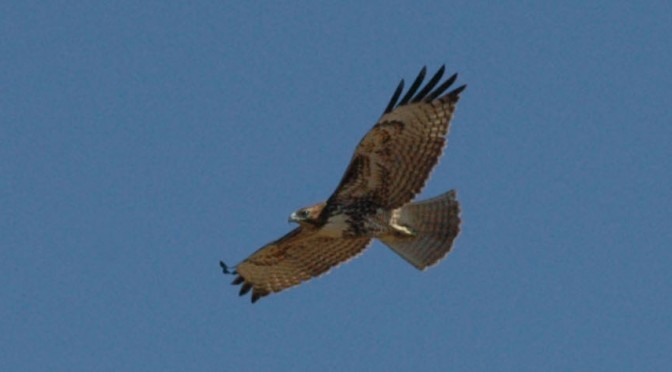
Bay Trail Bike Birding
After reading The Thing With Feathers and then Feathers: The Evolution of a Natural Miracle, I started being more interested in birds. Then I bought a Sibley Guide, and it got a little more serious. I’ve always enjoyed the Bay Trail, on several occasions riding SF to Berkeley or the reverse. This weekend I rode from…
-
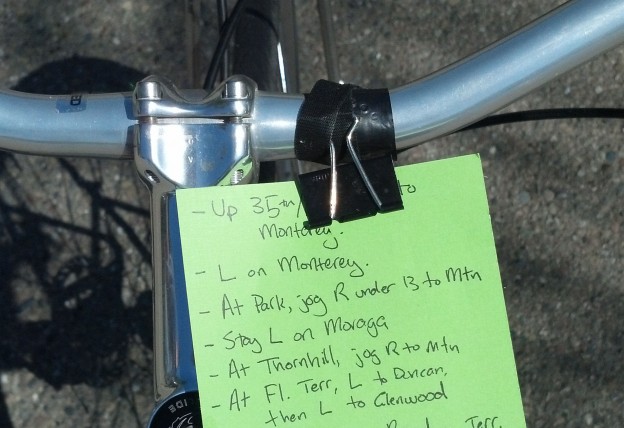
Bicycle Cue Sheet Holder
I’ve moved to Oakland from Berkeley, and so biking to things goes over longer distances and often I find that I need to bring a cue sheet. That meant I needed a way to hold a cue sheet. I already have a section of my handlebar taped over with electrical tape where I attach my…
-
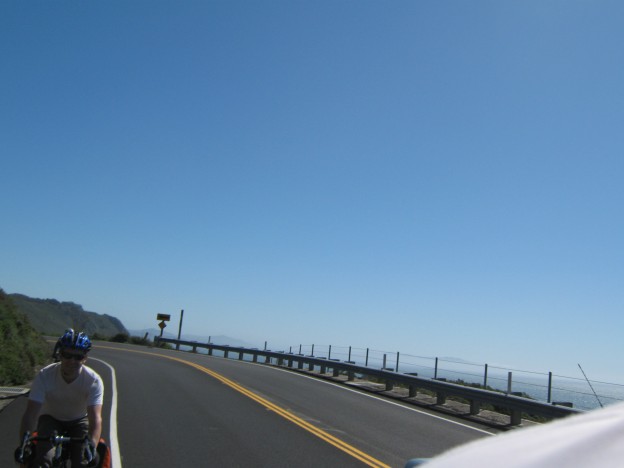
Bike Camping: SF to Point Reyes Sky Camp
Last weekend I was the event host for a trip from San Francisco to Point Reyes with the NorCal Bicycle Touring and Camping Meetup. We ended up getting six people together for the trip, all from San Francisco and Berkeley, except one coming in from Sacramento. I had picked up a camping permit for Sky…
You must be logged in to post a comment.